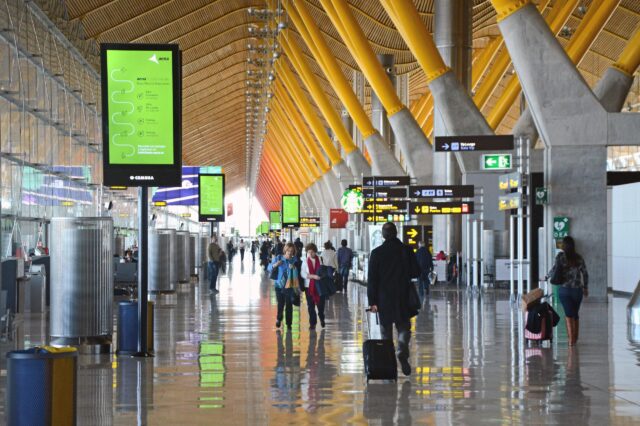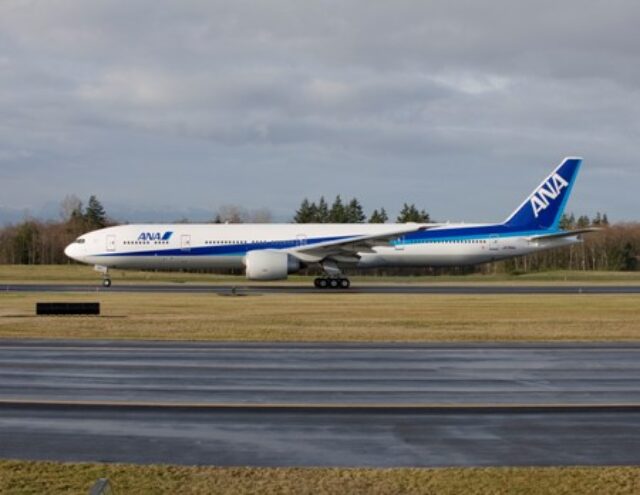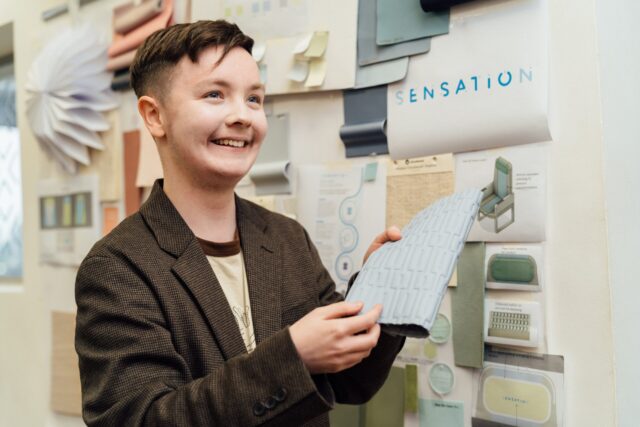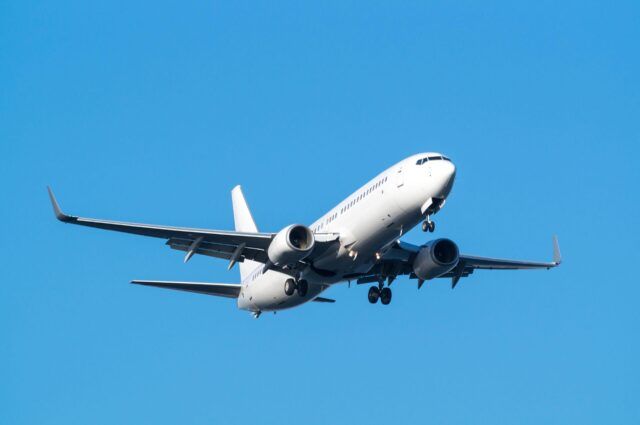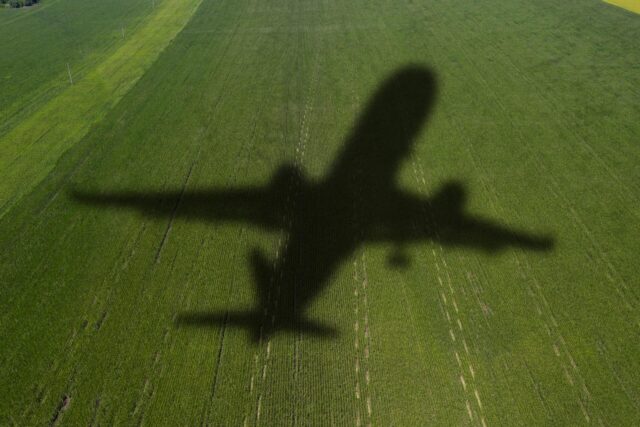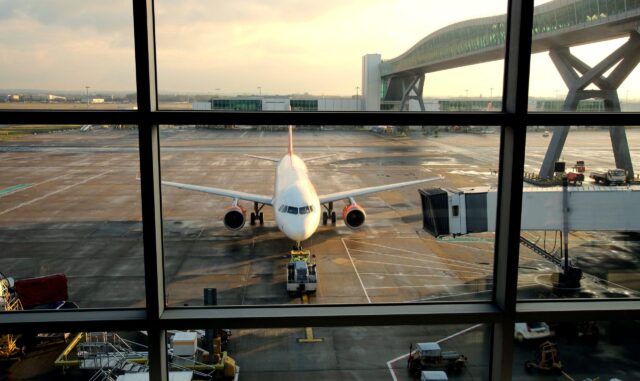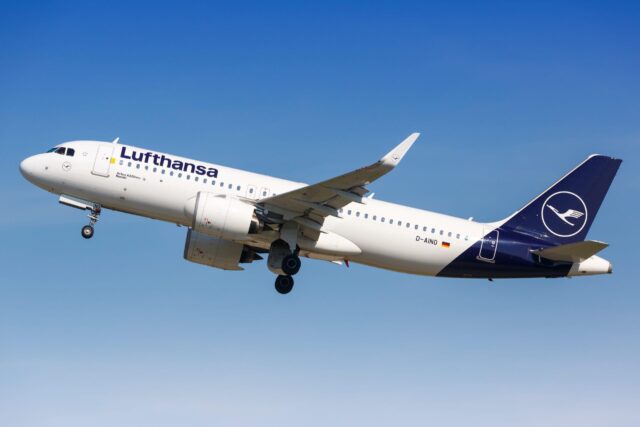Ongoing ATC situation crippling Newark Liberty International Airport
May 7, 2025

As the FAA looks to increase controller staffing and implement modern technological assets at Newark Liberty International Airport, the regulator is to “ensure safety by slowing the rate of arrivals into the airport” as it continues to “work through these issues”. “The FAA has been slowing arrivals and departures at [the airport] due to runway construction at Newark and staffing and technology issues at Philadelphia TRACON, which guides aircraft in and out of the airport,” wrote the regulator on 7 May.
The announcement comes some five days after the airport acknowledged its flights “continue to be disrupted due to FAA staffing shortages, with delays [averaging four hours, but as high as seven] and cancellations expected to continue throughout the day”. This is recurring theme in recent months which has seen both FAA staffing and construction issues case ongoing issues.
The following day, a new ground delay progrmme implemented at the airport by the FAA, attributed to staffing shortages, also caused an average delay of over two and a half hours to frustrated passengers. Whilst acknowledging the “efforts underway to permanently and structurally fix the FAA,” United Airlines announced it was cancelling 35 roundtrip services a day starting this weekend. “Since there is no other way to resolve the near-term structural FAA staffing issues, we feel like there is no other choice in order to protect our customers,” wrote United CEO Scott Kirby.
However, he also praised the current administration’s proposal for a “large, systemwide investment in FAA technology, infrastructure and staffing,” noting that this the only way to solve the problem “in the medium to short term”. More imminently, however, the “immediate steps to improve the reliability of operations at Newark Liberty International Airport,” includes “accelerating technological and logistical improvements and increasing air traffic controller staffing,” said the FAA.
These technological updates include installation of fibreoptic cables and establishing a new radar data processing centre. At present, radar data for Newark is processed in New York by the FAA’s Standard Terminal Automation Replacement System (STARS), from where it is fed to controllers at Newark’s Terminal Radar Approach Control Facilities (TRACON). However, “three new, high-bandwidth telecommunications connections” between these locations will “provide more speed, reliability and redundancy,” with the upgrade of existing copper wiring to fibreoptic options also providing “greater bandwidth and speed”.
The establishment of a dedicated STARS hub at Philidelphia TRACON will also negate dependence on a telecommunications feed from the New York STARS hub, while augmented controller staffing in Philadelphia look to build on “a healthy pipeline with training classes filled through July 2026”. However, with tens of thousands of daily travellers likely to continue experiencing substantial delays in the interim, what Duffy described as a “difficult situation” at Newark looks set to continue in the short-term.
Duffy also concluded that United has been urging the US government “for years to use its authority to effectively limit the number of flights to what the airport can realistically handle,” urging the FAA designate the facility a slot-controlled, Level 3 Airport.




